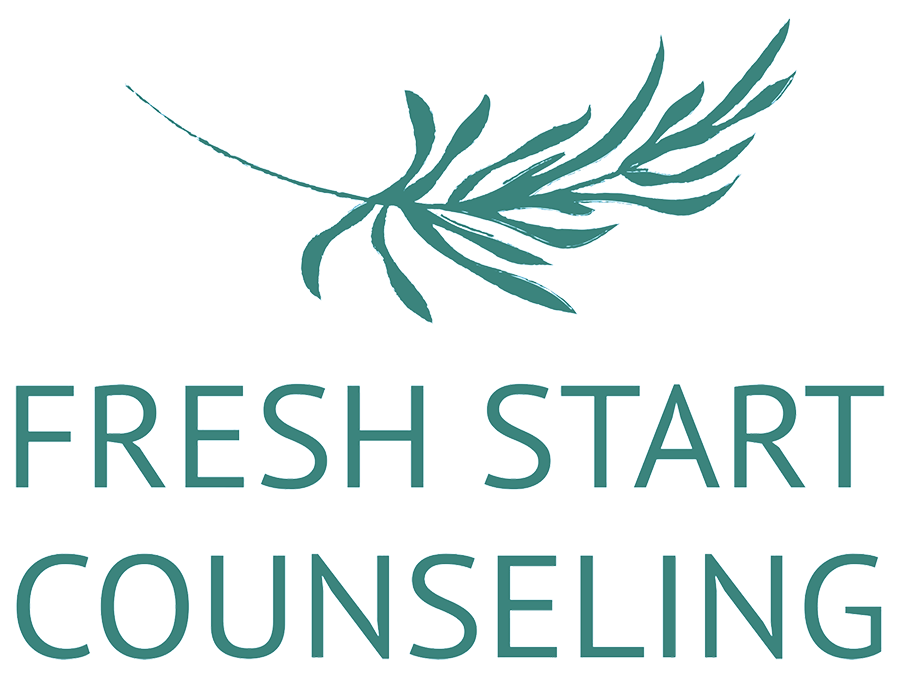Setting The Record Straight About EMDR Therapy
Just like with anything else these days, it's important to separate fact from fiction. This is especially true when it comes to topics surrounding mental health. When there are myths and stigma surrounding mental health, it can make receiving support and help all the harder. Because both of these things can actually scare people away from even wanting to seek out help. This can be very frustrating when these "facts," are anything but!
It's time to start setting the record straight about many mental health issues. This especially includes treatment methods that many therapists incorporate to help their clients. One of which is EMDR Therapy.
At my practice, I rely heavily on EMDR Therapy because I know how transformative it can be. EMDR Therapy is a method that is used to treat many disorders, most notably trauma/ptsd, anxiety, and depression.
But there's a lot of confusion and misinformation surrounding EMDR. Let's go over some of the myths and facts surrounding EMDR Therapy.
Myth: It Doesn't Require Formal Training
This could not be further from the truth. In order to practice EMDR in a safe and ethical manner, therapists who wish to use it at their practice are required to attend 40 hours of training from the EMDR International Association(EMDRIA.) It is also required that the EMDRIA association provide supervision of the clinician for a few months after training is complete.
Myth: Anyone Can Participate in EMDR Therapy
Just like other forms of therapy, EMDR may not be right for every client. For instance, in my practice, I have a careful screening I use to determine if EMDR therapy is right for a potential client. For instance, EMDR is not right for those who are actively suicidal or are self-harming. It also is not appropriate for those who have a certified diagnosis of Dissociative Disorders. More factors that are considered is whether or not a client can consistently attend therapy appointments or have upcoming life events that could take them away from appointments.
Consistency is key with EMDR therapy.
Myth: It's Not Beneficial
EMDR is rooted in scientific-backed methods. There are a lot of controversies that the bilateral stimulations required in this type of therapy don't actually do anything. Research studies and scientific research have proven that eye movements do provide massive benefits when reprocessing old memories or negative, limiting beliefs.
Fact: It Is Beneficial And Rooted In Science
It is theorized that EMDR is effective because eye movements replicate REM sleep, which is the sleep state where events are processed and stored. During this sleep state, your eyes move back and forth behind your eyelids, forcing the left and right sides of your brain to work together to process the disturbing memories or beliefs.
EMDR duplicates this process exactly. It is using the brain's natural components and healing capabilities to healthily process these stored memories.
Fact: EMDR Does Not Have A Set Number Of Sessions
This can be a little confusing. EMDR Therapy is highly effective at reprocessing memories and limiting beliefs one has. It is also quicker than traditional therapies such as talk therapy. However, quicker does not mean speedy. EMDR Therapy does take time. There's no set number of sessions that a therapist can say it will take. It is dependent on the client, what they need EMDR for and their current mental health state. While EMDR does involve an 8-stage process, that does not mean that in 8 sessions, it will be complete. Oftentimes, it takes much longer, sometimes months.
To cut down on the number of sessions needed, I do offer EMDR Intensives. However, these intensives are not appropriate for everyone and it's in the name for a reason - it can be intense.
If you are interested in learning more about this and whether it is right for you, please view my EMDR Intensive or EMDR Therapy page to learn more.

